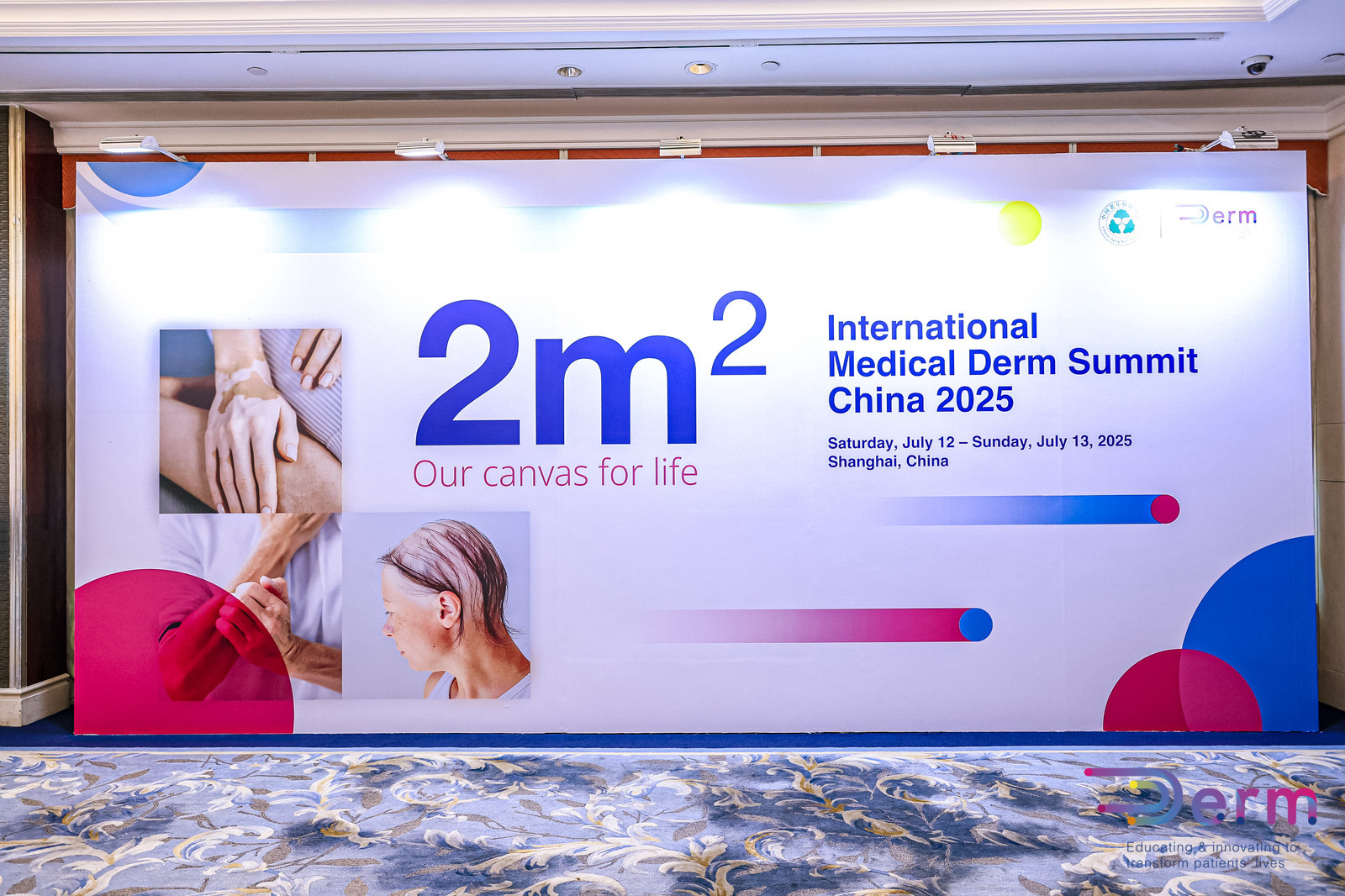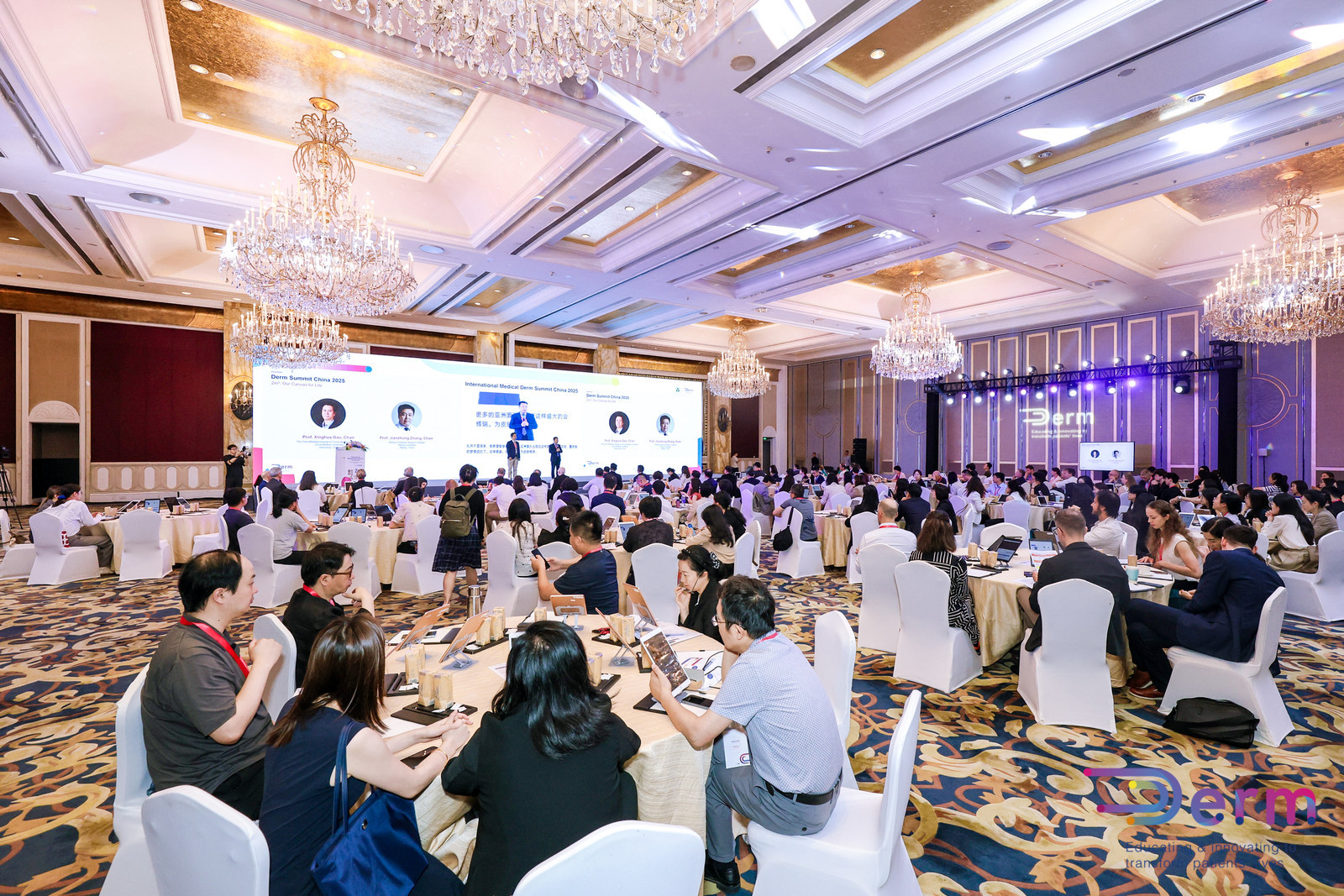 China Discloses New AD Treatment Guidelines, JAK1 Research at Int'l Medical Derm Summit in Shanghai
China Discloses New AD Treatment Guidelines, JAK1 Research at Int'l Medical Derm Summit in Shanghai(Yicai) July 15 -- China has disclosed the new edition of the National Atopic Dermatitis Treatment Guidelines and the latest advancement in Janus Kinase 1 inhibitor studies at the International Medical Derm Summit 2025 held in Shanghai.
These guidelines highlight a shift from conventional corticosteroids towards more personalized, precision-driven treatment, prioritizing patient quality of life, according to updates made by Chinese experts presented at the summit, which ran from June 12 through 13.

The global scale of AD, a chronic inflammatory skin disease that affects around 230 million people worldwide, including 70 million in China, nearly a third of adult patients who have moderate to severe symptoms, underscores the urgency of these new advancements, the experts pointed out.
The AD treatment paradigm prioritizes an patient-centered approach, said Zhang Jianzhong, a professor from the department of dermatology at Peking University People's Hospital. It aims for better symptom control, improved daily function, and enhanced emotional well-being for those with the condition, he added.
Data from large-scale epidemiological studies conducted in China have become a key reference for international AD care mode, contributing valuable insights to the global understanding of the disease, according to Zhang, who is also chairman of the Chinese Medical Association's 13th Dermatology Committee.
More than 150 global experts gathered to discuss advancements in AD, alopecia areata, and vitiligo at the International Medical Derm Summit hosted by the Chinese Aging Well Association.
In addition, China's contribution to the field was highlighted by showcasing the AHEAD registry (Abrocitinib Chinese Registry on AD), recognized as the world's largest real-world study of JAK1 inhibitors in AD. Led by Chinese researchers and involving over 1,200 patients across 42 clinical sites, it offers critical evidence to inform local and global care standards.
Beyond research, China has also pioneered diagnostic advancements, with Zhang and his team introducing the standard for diagnosing adolescent and adult AD in 2016, informally known as Zhang’s Standard, which simplifies the previously complex 27 international diagnostic criteria into three key, practical indicators: symmetric eczematous rash lasting six months, personal or family history, and laboratory tests. The streamlined approach is now utilized by 70 percent of Chinese dermatologists and is gaining global recognition, aligning the country's diagnostic practices with international benchmarks.
"Chinese dermatology is at the global forefront in clinical research, drug development, and inflammatory skin disease management," said Zhang, citing a March 2025 Tsinghua University report stating that from 2015 to last year, China matched or surpassed the United States in dermatology clinical trials from Phases I through III and new drug approvals.
Dermatology ranks second in China's chemical and biological drug research, only behind oncology, laying the foundation for hosting such significant global events as the International Medical Derm Summit, Zhang pointed out.
Felix Cao, vice president and chief medical officer of Pfizer China, highlighted the country's shift from participant to innovator indermatological research, emphasizing the Pfizer’s commitment to industry-academia collaborations for global patient benefit.
Global Collaboration But Diverse Approaches
While there is a shared global commitment to improving patient outcomes, differences in assessment standards persist, Zhang pointed out. Some Chinese experts favor the Eczema Area and Severity Index for treatment evaluation, while international peers prefer the Investigator's Global Assessment, he noted.
These divergences often stem from variations in clinical contexts, such as the high patient caseloads of Chinese doctors, who can see 50 to 60 patients in a morning, compared to on average five to eight patient visits for their international peers.
However, the goal of rapid disease control and long-term management remains unified, Zhang said. "Using varied approaches and tools, we are all focused on the same thing, helping patients manage their disease as quickly as possible and sustain control over time.
AI Drug Development
Zhang expressed optimism about the transformative potential of artificial intelligence in drug development. While AI has not yet designed AD drugs independently, it could soon accelerate breakthroughs in the field, he noted, adding that China leads in new drug development, with global peers closely monitoring its progress on specific targets.
The International Medical Derm Summit 2025 highlighted China's dermatological advancements, fostering global collaboration and elevating AD, AA, and Vitiligo care standards. The country is poised to shape the future of global skin health through innovative solutions and deepening ties, according to experts.
Editor: Martin Kadiev